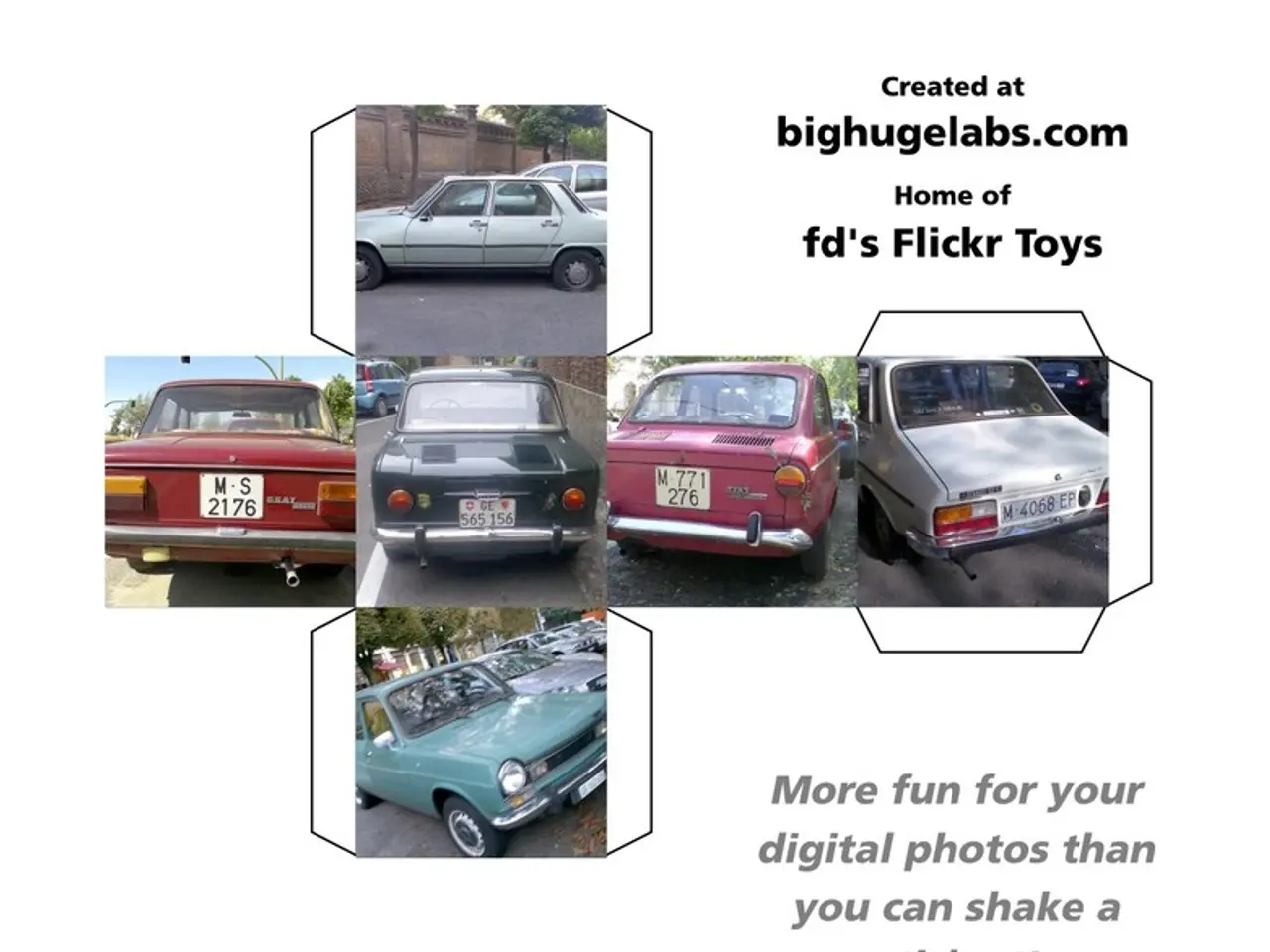Stellantis Abandons Plans for Level 3 Self-Driving Capabilities
In a surprising turn of events, automotive giant Stellantis has announced the halt of the market entry of its semi-autonomous driving system, STLA AutoDrive 1.0. The decision comes amidst high development costs, technological challenges, and alleged lack of customer interest in the immature market for autonomous vehicles.
The market's immaturity is due to both consumer and technological aspects. The system was intended to be a breakthrough in the field of semi-autonomous systems, positioning Stellantis alongside industry leaders like Mercedes and BMW. The latter two companies are currently the leading providers of series-produced Level 3 vehicles, offering drivers a certain degree of autonomy while shifting the responsibility for driving to the vehicle.
Stellantis introduced STLA AutoDrive 1.0 in the spring of 2025, promising a driving experience that would allow drivers to engage in other activities during the drive, such as watching movies or answering emails. The system was designed to provide a significant leap forward, enabling Stellantis to compete with the likes of Mercedes and BMW.
However, the road to autonomous driving has proven to be more challenging than anticipated. Tesla, a pioneer in the field, is currently testing a robotaxi service in Austin, Texas, using Model Y models. Yet, a safety driver is present for every ride, indicating that the promised autonomous experience is still a ways off.
Former Waymo CEO John Krafcik mockingly described Tesla's test as a kind of Uber service. Waymo, on the other hand, has been offering rides in driverless taxis since 2017.
In light of these challenges, Stellantis is now focusing on a gradual development of the AutoDrive technology, with a focus on Level 2 and Level 2+ systems. The company is collaborating with selected suppliers like aiMotive to further develop the software and additional modules for future vehicles.
Stellantis CEO Carlos Tavares previously emphasized that software and autonomous driving are central pillars of the company's strategy. The withdrawal from the market entry of STLA AutoDrive 1.0 demonstrates the significant risks involved in ambitious goals, especially in software development, and the uncertainty about the profitability of these technologies.
BMW, Mercedes, Volkswagen, Bosch, Waymo, and Cruise are actively developing or have developed Level 3 autonomous driving systems. Meanwhile, Tesla's series models only achieve up to Level 2, with the responsibility for driving remaining 100% with the driver.
Stellantis' next steps do not claim to completely relieve the driver or remove them from their responsibility. Instead, the company is taking a cautious approach, acknowledging the complexity of the autonomous driving landscape and the need for careful and gradual progress.
This decision serves as a reminder of the challenges faced in the pursuit of autonomous driving and the importance of balancing ambition with pragmatism in the development of these technologies.
Read also:
- Peptide YY (PYY): Exploring its Role in Appetite Suppression, Intestinal Health, and Cognitive Links
- Toddler Health: Rotavirus Signs, Origins, and Potential Complications
- Digestive issues and heart discomfort: Root causes and associated health conditions
- House Infernos: Deadly Hazards Surpassing the Flames








